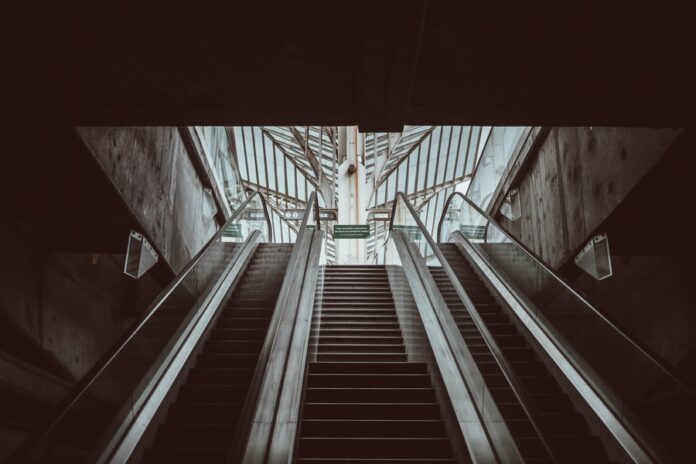A lift station consists of a pump, valves and electrical equipment. It’s tied to the electricity on your land. Typically, a lift station is built to be submerged in your other equipment, enabling you to effortlessly install the lift without having to cut out extra room for it. The lift wouldn’t be required in a conventional pump installation since the pump could utilize gravity to transport the effluent into the sewage pipes. However, when the property elevation is lower than the lines, you need more power to carry the wastewater along its course.
1. Storm Water Control
Lift stations pump stormwater and sewage away from low-lying regions, such as the parishes around New Orleans. A pump lift station is combined with other mitigating structures and features to control stormwater. Lift stations are built to handle a specified flow of water from rainfall. They often feature many pumps to manage a huge drainage capacity, generally measured in cubic feet per second. You can set up a lift station alarm for the necessary protection and monitoring.
In the case of a lift station failure, by either the main force break, power loss, or pump failure, wastewater will gather in the lift station wet well and back up into the collecting system. This might result in sewage backups into residences or cause wastewater to overflow from the lift station to the surrounding environment.
Wastewater lift stations are also prone to obstructions from fats, oils, and grease (FOG) created by restaurants and enterprises, as well as “flushable” rags from houses and multi-unit residential structures.
2.Wastewater and Water Supply Systems
Typically, wastewater systems use gravity to transport wastewater away from residences and businesses and a central treatment facility. Municipalities with numerous elevation changes must use lift stations to pump wastewater to a higher elevation. Lift stations for water systems operate similarly, transporting water to the elevation required to provide potable water to communities.
Numerous wastewater lift station projects are dedicated to managing sanitary sewers, a critical component of water infrastructure. Lift stations are used when gravity pipelines are unavailable or impractical for transporting sewage to a local or regional water treatment plant. While water treatment should always be located where gravity lines can reach it, in the United States today, various circumstances necessitate the use of lift stations.
To begin, keep in mind that new water treatment facilities are costly. Sewer plants handle filthy water that cannot be properly returned to the water cycle. To do this, these plants need enormous expanses of land and a diverse array of equipment, not to mention the associated running expenditures. Due to these expenses, increasing towns and water districts cannot install additional treatment facilities to accommodate new housing and commercial projects. However, all newly erected structures must be linked to a working sewage system. This often entails transporting sewage to an existing treatment plant’s gravity system.
3. Production and Laboratory Systems
When drains cannot be utilized, lift stations may be constructed as automated pumping stations to collect and move wastes from industrial equipment or laboratory sinks efficiently.
Generally, your lift station should last between 20 and 25 years, give or take—that is, providing you maintain it correctly. The greater the capacity of your station, the more often you will need to repair and replace it.
Your owner’s handbook will provide basic maintenance procedures and schedules. Certain firms recommend conducting basic maintenance (such as cleaning, lubricating moving components, and listening for faults) monthly, while others provide no advice at all. Finally, you’ll need to determine the frequency with which you should inspect your lift station based on the amount of wastewater you see.
As you can expect, residential stations need far less maintenance than commercial stations, especially those found in commercial kitchens and other establishments where food and waste products are flushed down the drain at the same rate as water.
Final Thoughts
Lift stations, particularly sewage and wastewater, are often built in adverse working conditions. Corrosion frequently occurs on both the interior and exterior. Proper maintenance is necessary to keep these stations’ steel surfaces clean and protected. Grease and smells, in particular, may cause significant difficulties at an isolated, unmaintained lift station.








![Avast Driver Updater Key 2022 | Activation Key V2.5.9 [Free]- Avast Driver Updater Key 2021](https://vintank.com/wp-content/uploads/2021/02/Avast-Driver-Updater-Key-2021-100x70.jpg)
![Avast Premier Activation Code and License Key [Working] Avast Premier Activation Code and License Key](https://vintank.com/wp-content/uploads/2021/09/Avast-Premier-Activation-Code-and-License-Key-100x70.jpg)
